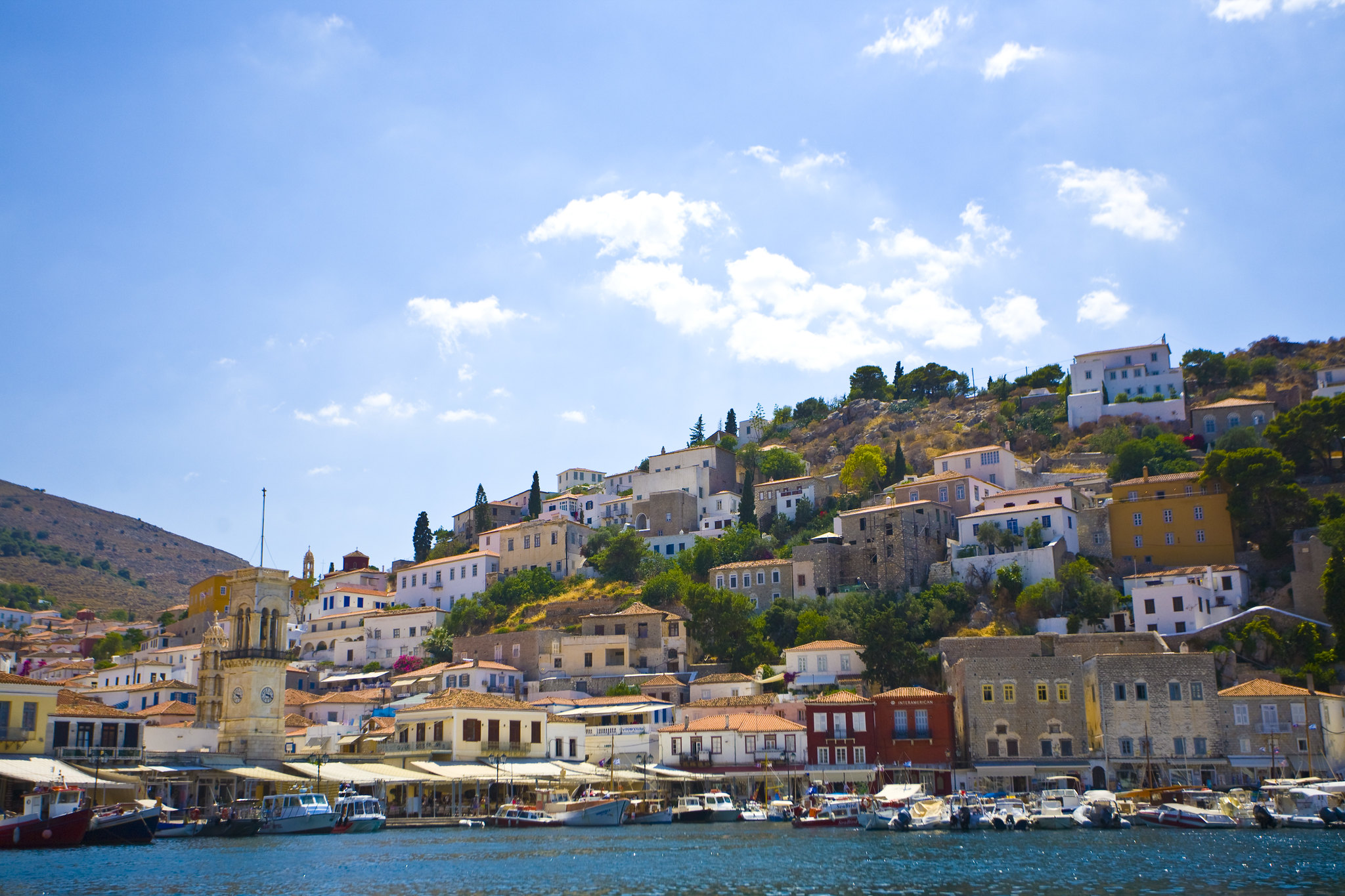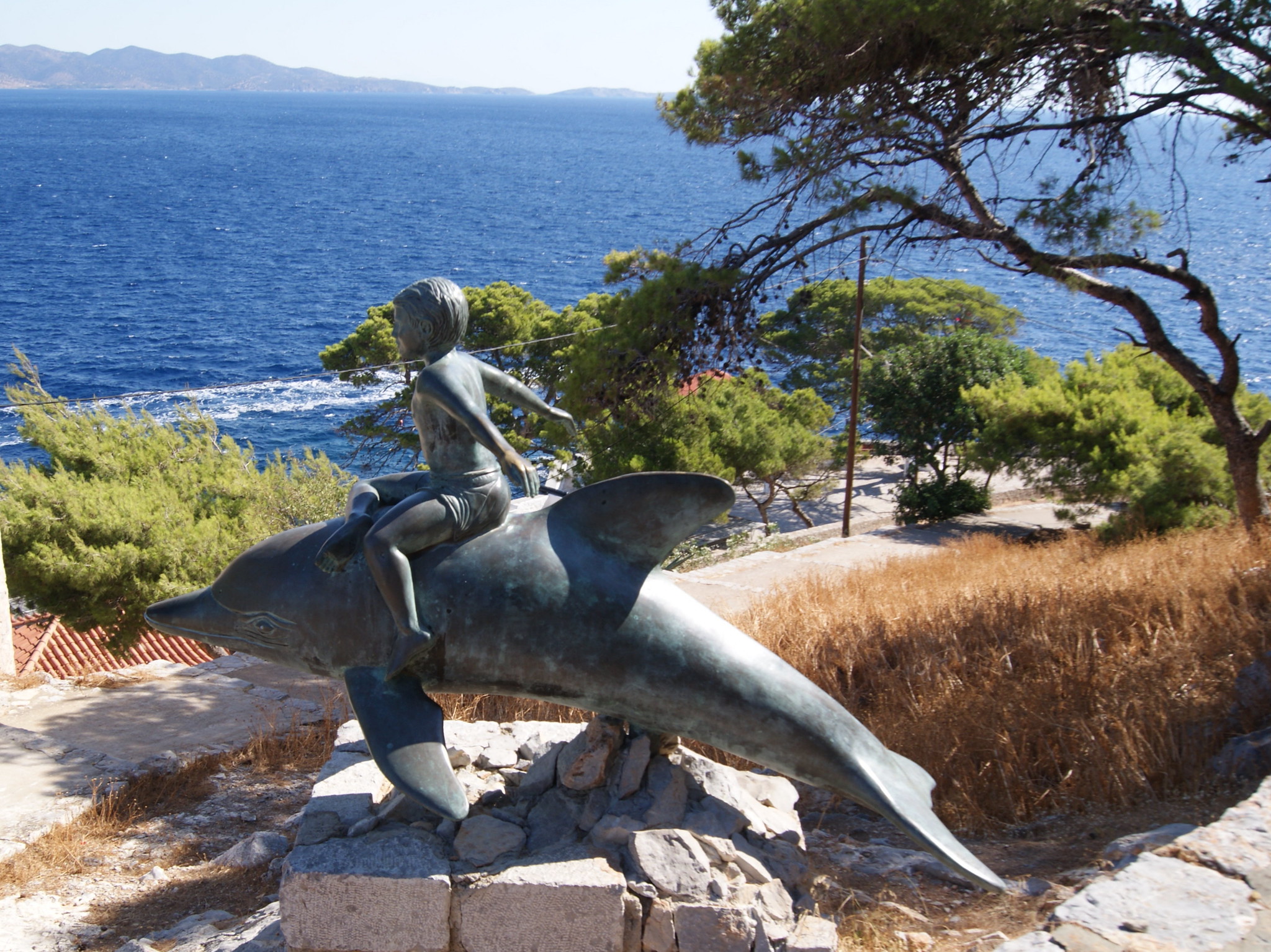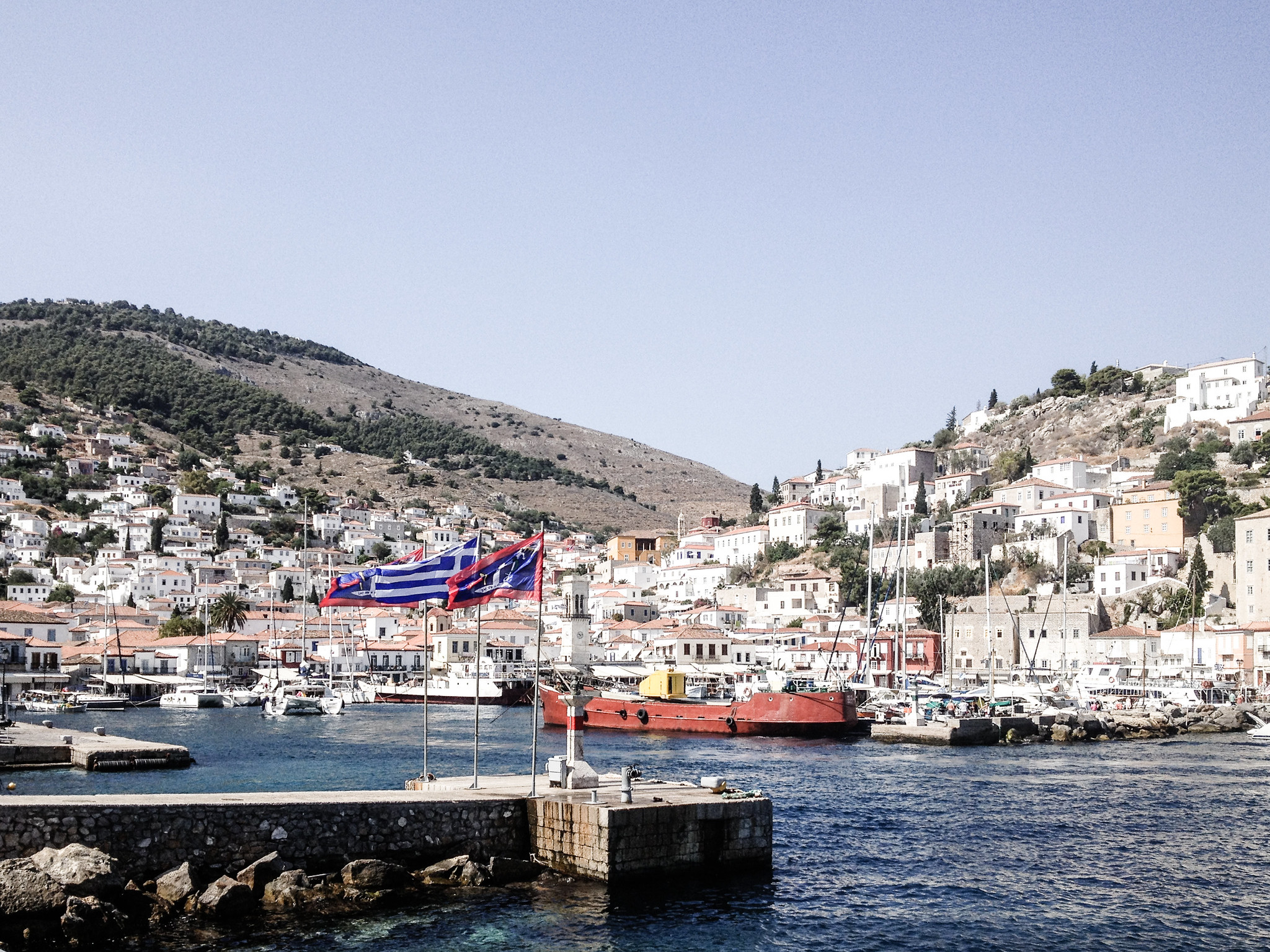15 Surprising Stats About One Day Cruise To Hydra Island
When in Athens ensure Hydra greece you do not miss these Athens highlights.
The Castle, a Unesco World Heritage Website, is one of the most significant and most gone to monoliths in the world. It was the original prepared ancient "high city" of Athens built on the Acropolis hill, a prominent rock plateau high above the city, with commanding views and a fantastic variety of ancient architecture going back to the Classical duration of Ancient Greece. The main structures of the Acropolis are the Erectheion Temple, the Temple of Athena Nike and the well-known Temple of Parthenon, devoted to the Goddess Athena, protector of the ancient city of Athens. The external pillars of the Parthenon are somewhat curved to give a visual fallacy as being directly when viewed from every angle. Other websites to see are the Kerameikos, the Temple of Olympian Zeus, Roman Agora, Ancient Agora, and the nearby Odeum of Herodes and Theatre of Dionysus. There is a museum behind the Parthenon protecting a number of the artifacts from the website.

Ancient Agora is the green parkland beside the Castle Hill with a very stunning view of the Parthenon. An Agora was an open location of assembly in ancient Greek times where free-born male residents would gather for military task or to hear declarations of the judgment king or council. Later on in Greek history, the agora functioned as a marketplace where merchants kept stalls or stores to sell their products. There is the Temple of Hephaestus, the very best maintained ancient Greek temple, the Attalos Stoa and the museum of the ancient Agora.
Odeum of Herodes is a Roman theatre addition to the Castle, built in the city around 167 AD and located on the side of the Acropolis hill quickly seen from the front of the Parthenon. Today, concerts are held here and is where the popular musician Yanni recorded his album 'Yanni Live at the Castle'.
Lycabettus Hill is the highest point in the city at 277 m (908 feet) above sea level and is a popular tourist destination for the magnificent view of Athens, the Castle, the port of Piraeus and the island of Aegina. At the peak are the 19th century Chapel of St. George, a theatre, and a restaurant. The hill surrounds the Kolonaki district and can be risen by strolling or by a funicular train which climbs up the hill from a lower terminus at Kolonaki, Aristippou street.
Syntagma Square is located at the centre of the city and is business district of Athens. Lots of hotels, banks, stores, dining establishments and airline offices are located in the location. The Parliament building deals with the square where visitors can see the changing of the guards in front of the Parliament every hour on the hour. Numerous places of interest to visitors lie fairly near the Syntagma Square. The districts of the Plaka to the south, Monastiraki to the west, Kolonaki to the east and Omonia to the north.
Temple of Olympian Zeus, as soon as the largest temple in Greece, is a Greco-Roman temple in the center of Athens, southeast of the Acropolis. Construction began in the 6th century BC, however was not finished until the reign Look at more info of the Emperor Hadrian in the 2nd century AD. Just ruins stay today as the temple would have been damaged by earthquakes.
Three Island Cruise is a wonderful day travelling the stunning islands of the Saronic Gulf. The cruise stops at Aegina (the first capital of Ancient Greece), Poros and Hydra. Guests have downtime for shopping, swimming or take pleasure in a drink at one of the many foreshore tavernas. This cruise is very popular and an extremely suggested introduction to the Greek Islands.
Cape Sounion is the southern most point of Attica where the white marble pillars of the 5th Century BC Temple of Poseidon stand. Visitors are handled a beautiful drive along the things to do in hydra island coastal road past the popular beaches of the Athenian Riviera, set versus a backdrop of breathtaking ocean views, offshore islands and rugged mountain surface.

The Saronic Gulf, sometimes called the Argosaronic Gulf, is located between Attica and the Peloponnese. In this area, simply off the Greek mainland, the Saronic Gulf islands - Aegina, Angistri, Hydra, Poros, Salamina and Spetses - find their house. At a range of an hour of so from Athens, they are extremely popular islands and make the ideal picturesque trip when Athenian experience ends up being frustrating.
As always, the Greek islands are overflowing with misconception and history. The home of Theseus remained in the Saronic and there are numerous sanctuaries to all the gods from Zeus to Athina. There are Neolithic remains here and caves that as soon as hid Greek innovative leaders as they strategised for the War of Self-reliance against the Ottoman Empire. These islands are likewise sources of great imagination and there are lots of artists, artists and authors that call the Saronic Gulf house.
The island of Aegina is the closest one to Athens. Named after the mythological Aegina, daughter of the Asopus, the river god, and Metope, a nymph, this island boasts a history going back to the Neolithic Age and a sublime temple to the goddess Athena. Aegina Greece, situated at 37 ° 45' N 23 ° 26' E, is a verdant island known for its great production of colourful pistachios. The Greek Island has a lovely capital filled with fine neoclassical buildings and narrow streets where one can enjoy fresh fish and excellent appetizers in the pubs of the fish market, in the heart of the town. The fifth century BC temple of Aphaia can be gone to; it lies in an area loaded with olive and evergreen, ignoring the deep blue sea. It is the Flying Dolphin hydrofoil that makes the journey from Athens to the island and arrival brings one to the picturesque port of Aegina.

Angistri island is little and hugely popular with critical Athenians who escape the chaos of the city on a weekend and arrive at this fishing island with magnificent beaches.